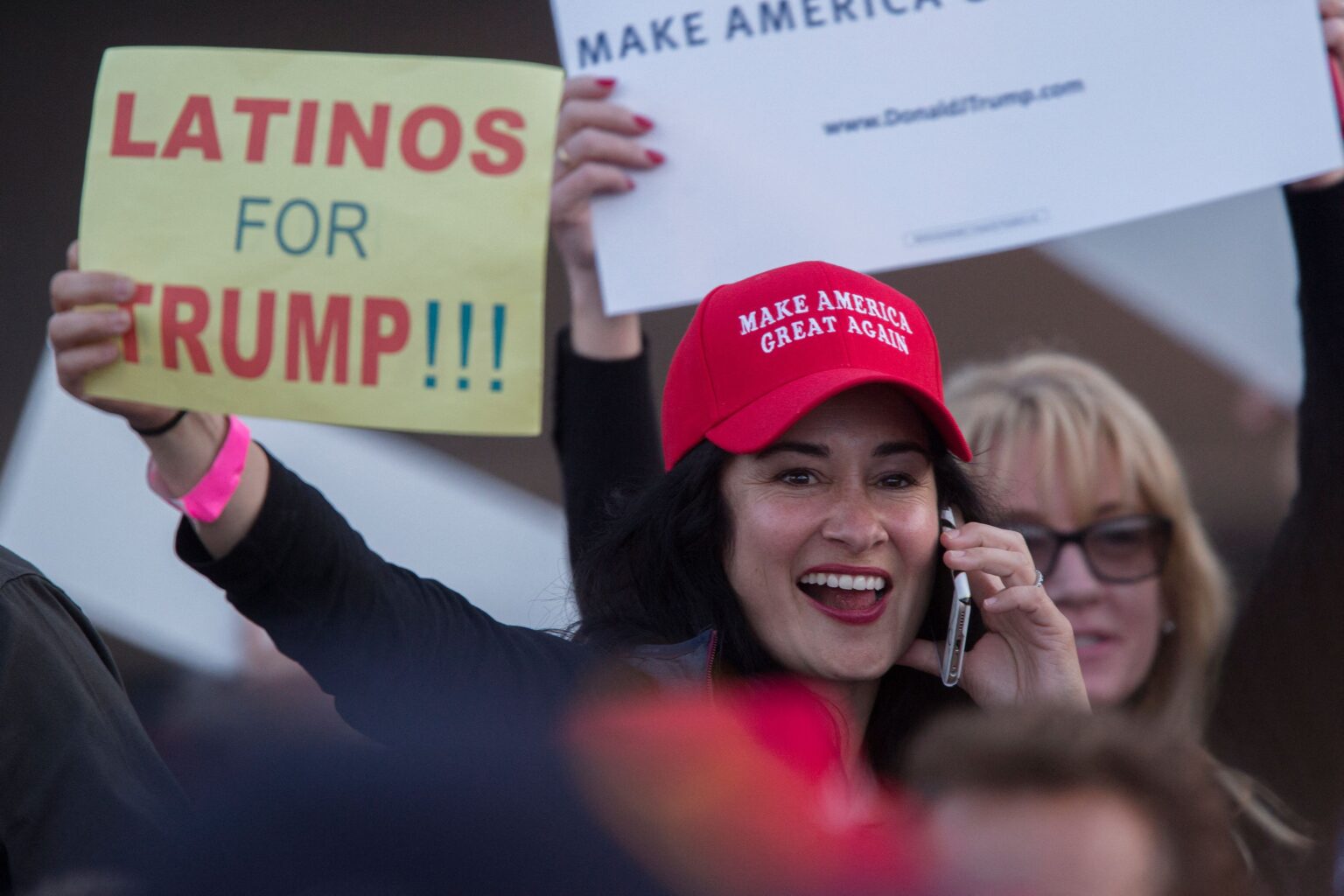A new study could shed light on one reason President Donald Trump may have gained ground with minority voters, who previously supported Democrats, in the 2024 presidential race.
Why It Matters
Trump’s 2024 victory was in part due to his relative strength among Latino, Black and Asian and Pacific Islander voters who have drifted away from Democrats. The question about why these voters shifted rightward has perplexed some on the left, who are seeking to win them back in the 2026 midterms and beyond.
The new study, published this month in Psychological Science, offers one explanation about this phenomenon.
What to Know
Ethnic minorities were closer in their attitudes about “strong leaders” to right-leaning white Americans compared to left-leaning white Americans, according to the study. Trump has in the past been compared to a “strong leader,” defined by the study as leaders who are “tough, ironfisted, and viewed by supporters as dedicated to the pursuit of their goals.”
The study focused on minorities both in the U.S. and Europe—not on Trump specifically, though Krishnan Nair, a postdoctoral research associate at the University of Illinois Urbana-Champaign who is an author of the study, told Newsweek it could have implications on his electoral strength with some voting groups.
The study found that levels of “generalized trust,” which is the level of trust a person has in others living around them, is a key factor in shaping leadership preferences. It noted that while there have been decades worth of studies on support for strong leaders among the right, those studies have mostly been made up of white participants.
“Minorities across ethnic and political backgrounds are generally closer to right-wing Whites than to left-wing Whites in their preference for strong leaders,” Nair said. “That’s important because Trump being this prototypical strong leader, we also see a minority shift toward Trump even as Trump’s rhetoric is viewed by a lot of people as being racially insensitive or offensive.”
Minorities may have lower levels of generalized trust if they are recent immigrants from countries with lower generalized trust or due to their social standing in the U.S, he said. Nair explained how this could translate to support for strong leadership.
“Imagine yourself in a group and you don’t trust others in the group, to cooperate, you think others might be likely to exploit you,” he said. “In this situation, there’s this idea that having a strong leader who punishes those who are rule breakers or don’t cooperate or might exploit you, that reduces that kind of behavior and creates more cooperation or harmony.”
New data analysis released this week from Catalist showed how Democrats last ground among different racial groups in recent years.
In 2024, 85 percent of Black voters supported former Vice President Kamala Harris—down from 89 percent who backed former President Joe Biden in 2020 and 93 percent who backed former Secretary of State Hillary Clinton in 2016.
Meanwhile, 54 percent of Latino voters supported Harris—down from 63 percent who supported Biden in 2020 and 70 percent who backed Clinton in 2016. Sixty-one percent of Asian American and Pacific Islander voters backed Harris, compared to 65 percent who voted for Biden in 2020 and 70 percent who voted for Clinton in 2016, according to Catalist.
What People Are Saying
Nair told Newsweek: “I think this perception of your leader as being someone who’s tough, strong and dominant, that could potentially play role in increasing support among minority voters, potentially. But that’s something you need a lot more research on.”
William Frey of the Brookings Institution wrote in a December 2024 report: “This year’s very real shift among Latino or Hispanic voters is only a bit sharper than the one observed in the Bush-Kerry election of 2004, after which more Latino or Hispanic voters returned to the Democratic fold. Indeed, the shift away from 2020 and earlier elections among more vulnerable members of these minority groups could very well be a blip that was part of a nationwide reaction to the high price of groceries, housing, and other necessities that accompanied a once-in-a-century pandemic, which led to similar rightward political shifts in other developed countries.”
What Happens Next
It will be closely watched whether Democrats can win back voters who shifted toward Republicans in upcoming elections, including early tests for the parties in the New Jersey and Virginia gubernatorial races later this year. It’s yet to be seen whether this is part of a longer-term trend.
Read the full article here

